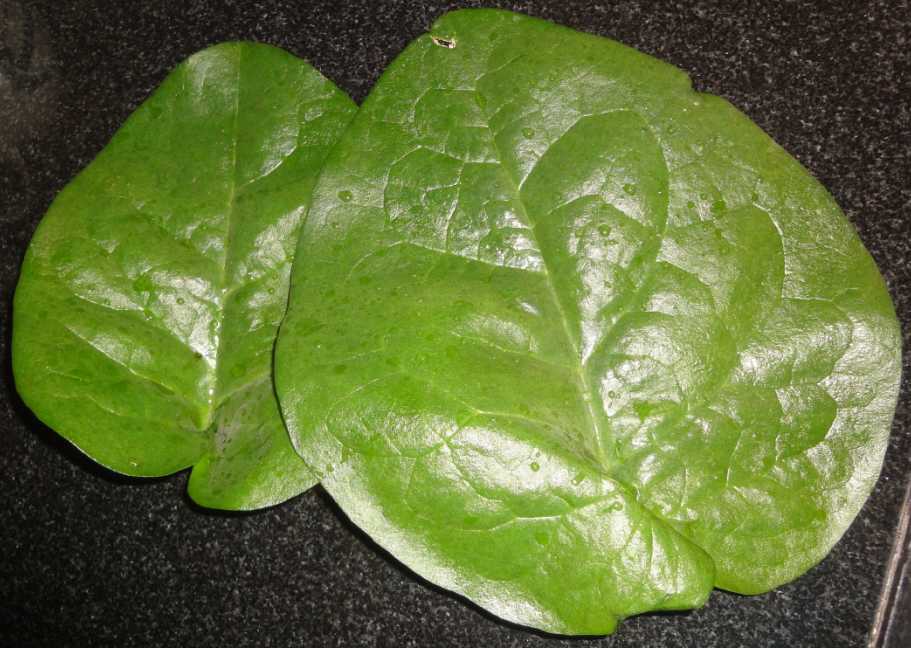This is a cross between dalia and upma and I couldn’t think of a proper name for
it. If any of you reading this can suggest a name, you are most welcome J
This is a great comfort food for me. It peps you up,
lightens your mood and increases your energy, don’t ask me how. And it is very
easy to prepare.
Ingredients:
Broken wheat - 100 gm
(1 cup)
Water - 2 cups
Jaggery syrup - 1/3
to ½ cup, according to taste
Milk (optional) - ¼
cup
Ghee - 1 tbsp
Saunf (Fennel) -
½ tbsp
Cashews, broken) -1
tbsp
Kismis - ½
tbsp
Method:
Soak the broken wheat for about half hour. Drain the water
and keep aside.
Heat the ghee in a pressure cooker, add the saunf, stir, add
the cashews and let it brown a bit.
Now add the soaked broken wheat, stir for a few seconds, add
the water and pressure cook for 3 minutes.
Cool and open the cooker. Keep it on low flame; add the
jaggery syrup and the milk.
Stir for one or two minutes and remove from fire.
While serving, you can pour a teaspoon of ghee over it to
enhance the taste.
Note:
















